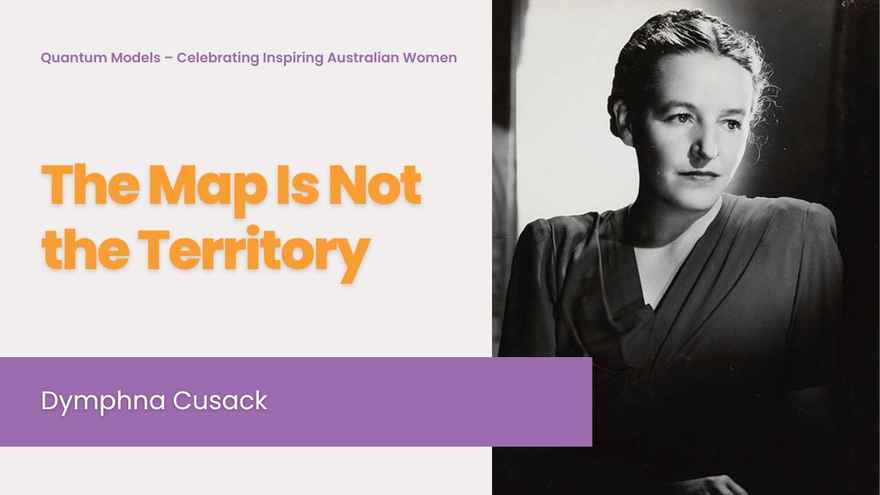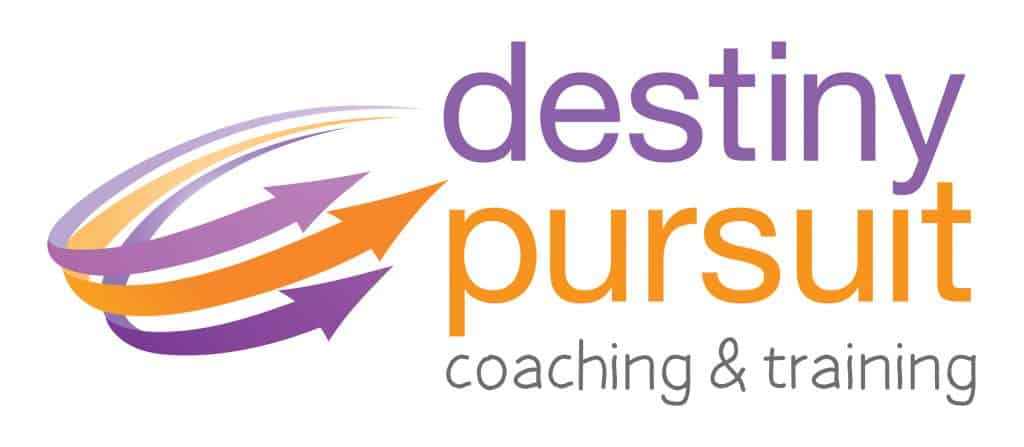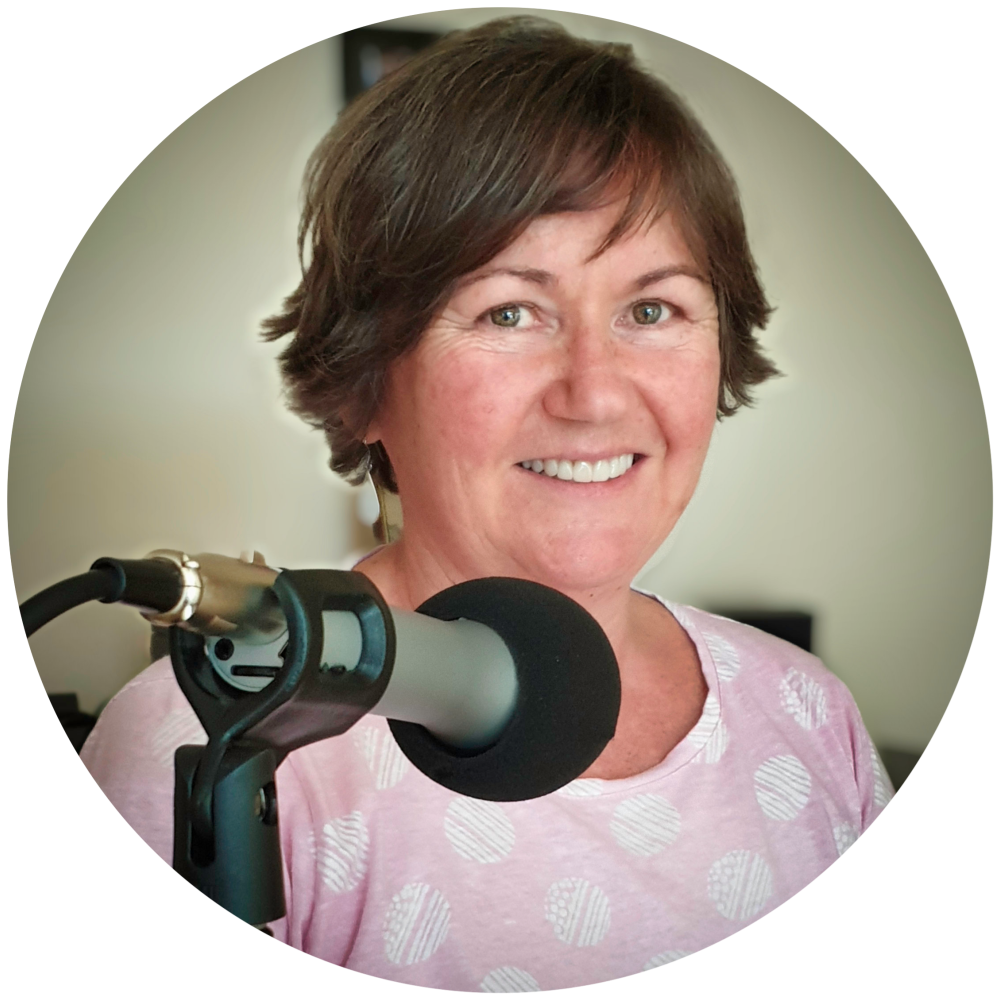The Map Is Not the Territory - Dymphna Cusack

Over the holidays we had a friend of our son’s visit from Germany. Having her stay with us and comparing the different ways our cultures see the world reminded us that our taken for granted reality isn’t actually real – it is just made up!
Despite the fact that we almost always live as though there is ‘a’ single reality that exists that we all share, NLP shows us that each person’s experience of reality is different. In NLP we refer to this idea as ‘The Map is not the Territory’. It means that whilst there is a reality ‘out there’ (ie the territory), we humans can never really get access to it. All we can do is filter (relatively few) aspects of it through our five senses, and then delete, distort and generalize to fit our already-existing view of the world (our map). Just like any map can only be a representation of the world, so our individual maps can only be a representation of reality - it can never be reality itself.
Why does this matter? Well, in life it can seem as if there is a common shared reality made up of a whole lot of social rules and boundaries that exist outside of each of us. A reality to which we must conform and against which we measure and are measured – good enough or not, successful or not. Based on this assessment we judge and are judged. And in a culture the construction of the illusion of an actual shared reality is greatly controlled and impacted by the press, the popular media and those who influence it. This means that the culture of that society — the beliefs, explanations, perceptions and values — represent the worldviews (ie, the maps) of a few and these then become the ones that are imposed and accepted as if they belong to us all.
Yet there are moments when this facade of a shared reality is challenged.
Dymphna Cusack
In the early part of the 20th century Dymphna Cusack challenged the dominant perceptions (maps) of Australian society. Putting pen to paper in her first published novel Jungfrau (1936), Dymphna stripped back the veneer of women’s lives and forced previously hidden truths out into the street. Introducing her three female characters, she pioneered discussion on the taboo topics of abortion, sexuality, female aspirations and the role of women in Australian society:
‘Women are cursed all right. If you wither on the virgin stem you go all pathological; if you go off the deep end you get some foul disease; and if you marry and have dozens of young you die of exhaustion.’
Dymphna ripped back the shiny veneer that limited the lives, the perceptions and the experiences of individuals and that masked the multitude of possible realities of the time she lived in. Her acute powers of observation and talent as a writer enabled her to capture the witty, poignant and irreverent Australian culture and characters. She was able to portray them in ways that contrasted starkly with the shiny facade hiding the unique and diverse nature of alternate, individual maps of reality and giving them a powerful voice.
And it is in these moments of clarity that new possibilities are created. Consequently, women felt freer to openly question their lot and perhaps create their own choices.
Despite Dymphna’s writing success she could not afford to survive on the income of her writing alone so she also worked as a teacher employed by the NSW Department of Education. Although she received high acclaim as a writer, in her role as a teacher the Department held a distinctly unenthusiastic view of what they perceived as dangerous and radical concepts, which could contaminate the susceptible minds of a fresh generation! However the risk of adverse publicity if she was dismissed from teaching was equally unattractive to them. The Education Department decided to mitigate their perceived risks and banished Dymphna to Bathurst High School. Appointments at similarly remote locations of Parkes and Newcastle followed.
Dymphna continued to write many highly successful plays and novels, describing with acerbic humour the ‘drama’ of middle class Australia. With her long-time friend and fellow writer Florence James, she wrote her next great success – Come in Spinner. This mocking expose of the inequalities of wartime Sydney was awarded a thousand pound prize by the Daily Telegraph. However it caused a stir, with threats of defamation action due to their accurate portrayals of ‘fictitious’ characters in compromising situations resulting in the Daily Telegraph becoming nervous about publishing it.
Knowing they had to take action to realise the publication of their book, Florence and Dymphna arranged for the book to be published in London. It became an immediate bestseller. The hypocrisy Come in Spinner unveiled left many a Sydney socialite red-faced because of the highlife they led as other Australians suffered the depravation of our country’s part in WWII.
Her talent for giving voice to those who had little opportunity to be heard was again proven when Dymphna wrote Black Lightning, which brought to the attention of many Australians the plight of being aboriginal in a country that even had laws to deny aboriginal people Australian citizenship. Imagine being a white woman advocating for Aboriginal rights in 1964! Dymphna Cusack using the power of her pen again broke the mold.
One of Australia’s most translated and internationally popular writers, Dymphna Cusack lived to bring to the public consciousness the maps of those who did not have a voice – women, the poor, the unemployed and indigenous Australians. Through her words she showed a world from their viewpoint. Her powerful stories of real characters in real situations altered people’s perceptions of acceptable and unacceptable, good and bad, right and wrong. They helped transform a nation’s conscience because she asked – what if things are not as they seem. What if the experience and life of those who don’t fit the mold is reality? What if the map we have of reality is not the territory and there are other possibilities? What would be different, what would we change?
The challenge given to us in Dymphna Cusack’s writing is to see beyond our own maps of reality and explore how creating alternate possibilities for ourselves can liberate us to connect with what it is we do want. And knowing what we do want means we can begin to ask – what would this life and these experiences be like if I changed some of my map of reality? In NLP we learn and apply powerful tools to understand your own map, and, where appropriate learn or model from the maps of others, and from this construct a life you truly want. When you have the tools then you are empowered to build your own reality - your way.
Make today your day.
Cheers, Joanne
Dymphna Cusack Works
Novels
Jungfrau 1936
Pioneers on Parade 1939 with Miles Franklin
Come in Spinner 1951, with Florence James
Say No to Death 1951
Southern Steel 1953
The Sun in Exile 1955
Heat Wave in Berlin 1961
Picnic Races 1962
Black Lightning 1964
The Sun is Not Enough 1967
The Half-Burnt Tree 1969
A Bough in Hell 1971
Drama
Shallow Cups 1934 in Eight Plays by Australians
Red Sky at Morning 1942
Morning Sacrifice 1943
Three Australian Three Act Plays 1950 -comprising Comets Soon Pass, Shoulder the Sky, and Morning Sacrifice
The Golden Girls 1955
Pacific Paradise 1963
Travel
Chinese Women Speak 1958
Holidays Among the Russians 1964
Illyria Reborn 1966
Children's
Kanga-Bee and Kanga-bo 1945
Four Winds and a Family 1947, with Florence James
Non-Fiction
Caddie, the Story of a Barmaid 1953 - edited and introduced
Biography
Dymphna 1975, written by her husband Norman Freehill
A Window in the Dark 1991, introduced and edited by Debra Adelaide
Yarn Spinners. A Story in Letters: Dymphna Cusack, Florence James, Miles Franklin 2001, edited by Marilla North
Film Adaptations
Red Sky at Morning was filmed in 1944.
Caddie, the Story of a Barmaid produced as the film Caddie in 1976, starring Helen Morse and Jack Thompson, directed by Donald Crombie.
Come in Spinner was produced as a television series by the Australian Broadcasting Commission in 1989
Joanne Clark
Joanne Clark is an Internationally accredited Master Trainer of NLP who has been delivering NLP training since 2011. Being on her feet in front of training rooms is where Jo loves to be and her passion for inclusive and immersive training that delivers outstanding learning outcomes is apparent to everyone in her training rooms. On average Jo delivers 140 days of training per year in addition to online webinars, guest speaker events and group coaching.
“NLP is at the core of all my training and coaching, it is at the core of who I am, how I interact and connect with people. I am absolutely passionate about spreading the NLP tools across the planet as I endeavour to support Robert Dilts’s vision of Creating a world to which people want to belong.” Joanne Clark
Certified Master Trainer of NLP; Master Practitioner NLP, Hypnotherapy & Matrix Therapies; Performance Coach; Cert IV Coaching; Advanced Practitioner in Coaching; Cert IV in Business; BA(Hons); Majors in Sociology and Psychology; Parent Education Leadership Training (PELT) Certificate; Mother of four children; Private Pilot (PPL); Diploma in Life Coaching


0 comments
Leave a comment
Please log in or register to post a comment